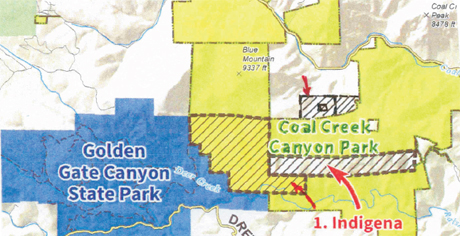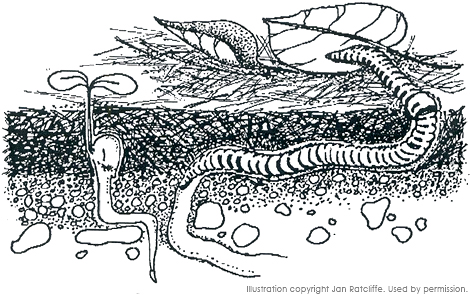Local Park and Nonprofit Grants
The December OSAC meeting was devoted to hearing presentations from cities, park districts, and non-profits to receive grants in 2016. The grants then were discussed during the January meeting Study Session and then considered for approval at the January Regular meeting.
There was $453,000 available for grants from the Jefferson County Conservation Trust Fund (Colorado Lottery Proceeds). The grants approved by OSAC and later by the Commissioners included:
Evergreen Audubon Society
Evergreen Nature Center. $9,000 – Improvements (new heater).
Friends of Dinosaur Ridge
Dinosaur Ridge. $20,000 – West Entry sign.
Buffalo Park Improvement Association
$8,000 – resurfacing Buffalo Creek trailhead parking lot, a major trailhead for the Pike National Forest trails.
Beaver Ranch
$20,000 – Implementation of 1st Phase of Master Plan. Priority will be selected when the plan is completed. Have $25,000 remaining from the 2015 grant as National Park Service is doing the Master Plan.
City of Lakewood
Carmody Park Phase I additional amenities. $265,000, Second year of funding for remodel of Carmody Park including an accessible playground. Note that GOCO also gave Lakewood a grant for Carmody Park in 2016.
City of Wheat Ridge
$88,000 – Picnic Shelters along Clear Creek Trail.
Ken-Caryl Ranch Metropolitan District
$43,000 – Community Center Outdoor Restrooms; hikers, tennis players, and playground users do not have to come into the Community Center.
The funds available for 2016 Local Park and Recreation Grants Funded with Jefferson County Open Space Sales Tax Fund totaled $1,200,000. The grants approved by OSAC included:
City of Arvada
Terrace Park Renovations. $200,000 – Trail Connection. This is an underdeveloped and underused park between Carr, Estes, 53rd Ave and the railroad tracks. Total project is $653,000 and includes trail, fitness stations, shelters, lighting, etc.
Apex Park & Recreation District
$430,000 – Final Phase of Simms Street Center Pickleball Courts and Demonstration Garden. This adds 8 more pickleball courts (bring the total to 16) and landscaping around the court area. Apex will not be eligible for a new grant until 2019.
Evergreen Park & Recreation District
$95,000 – Marshdale Park Improvements; will replace 20-year old playground equipment and centralize the equipment.
Foothill Park & Recreation District
$300,000 – Clement Park Renovations (from the 2016 budget Balance, $2,700,000, from JCOS reserves and Foothills will not be eligible for a new grant until 2027.)
Clement Park was developed about 30 years ago by JCOS and leased to Foothills. The contract specifications for the development were less than they should have been. Ground settling has caused breaks in the irrigation system, settling of buildings (up to 8 or 9 inches), corrosion of the lamp posts. Foothills did a Master Plan for the park that indicated up to $20,000,000 was required to implement. JCOS asked for an estimate of what was required to make the present facilities sustainable. Foothills came up with about $6,000,000 in immediate needs. They had some Certificates of Participation (COP’s) expiring such that they could issue $3,000,000 in new COP’s.
Renovations include:
1) replacing the core building (at the ballfield complex), the fountain, and plaza;
2) improvements at the amphitheater including widening of the walks to allow vehicle access without driving on the grass;
3) replacing most of the road and parking lighting;
4) restoration of the restroom adjacent to the tennis courts;
5) level and re-sod field 5 to make it rentable;
6) Johnson Lake stabilization of the North bank and general clean up so it could be used for boating; and
7) replace the present playground with a destination style playground near the shelters. Note that GOCO has given Foothills a grant for the fountain replacement.
Prospect Recreation & Park District
$100,000 – Applewood Golf Course Acquisition (from the 2016 budget if negotiations with Molson-Coors are successful. Balance, $1,000,000, from the JCOS fund balance. Prospect would not be eligible for a new grant until 2027.)
The grant to Prospect was approved by OSAC but the Commissioners chose to table it pending the results of the negotiations with Molson-Coors.
The above grants were all approved by the Commissioners.







